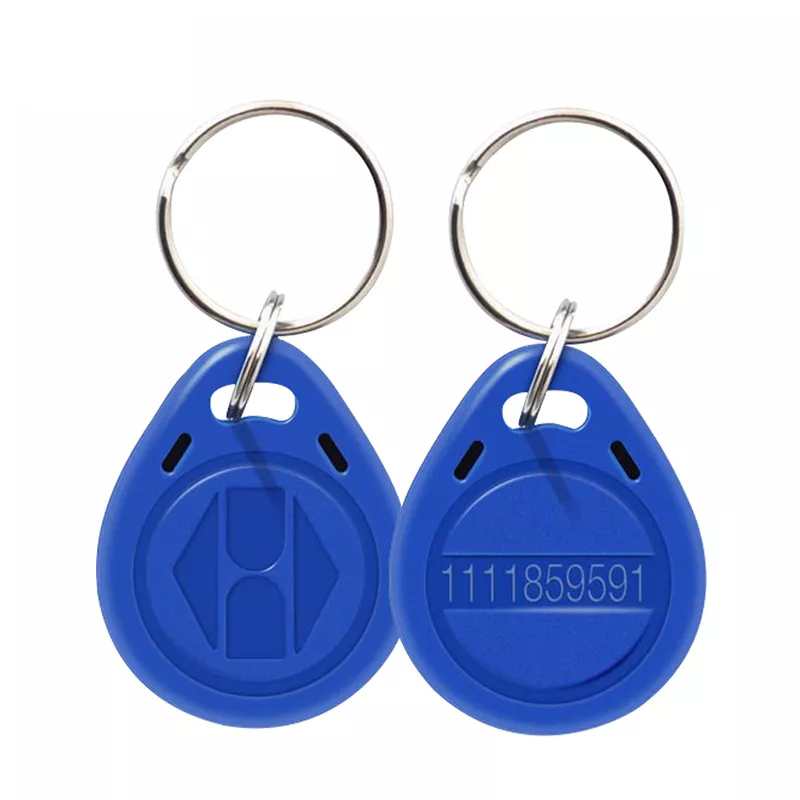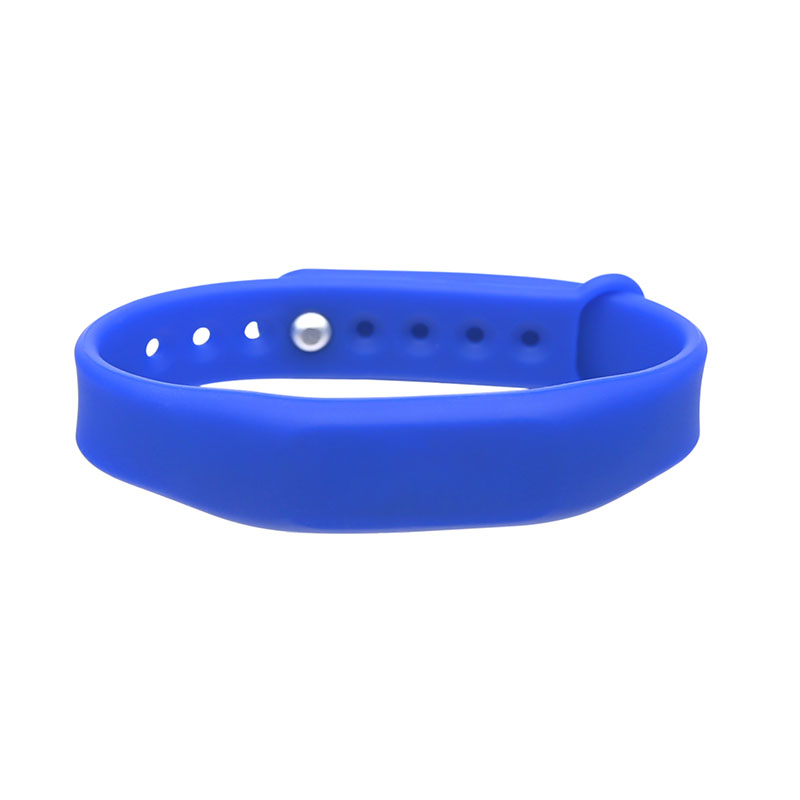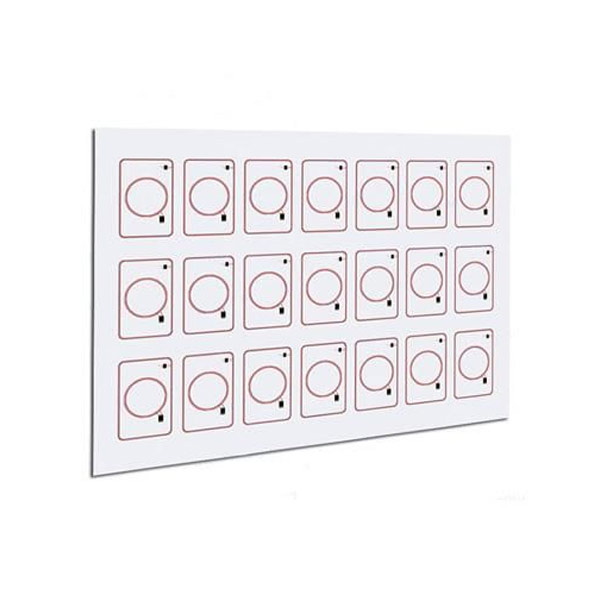The laundry industry is undergoing a digital revolution, and rfid textile laundry tags are at the forefront of this transformation. According to Grand View Research, global rfid adoption in textiles is projected to grow at a CAGR of 15.2% by 2030. This rapid growth is driven by the numerous advantages that rfid technology offers to laundry businesses. Companies that leverage this technology are outperforming their competitors in efficiency, cost control, and customer satisfaction. In this article, we will delve into six critical benefits of rfid laundry tags and explore how they can redefine your operations, making your business more efficient, cost-effective, and customer-centric.
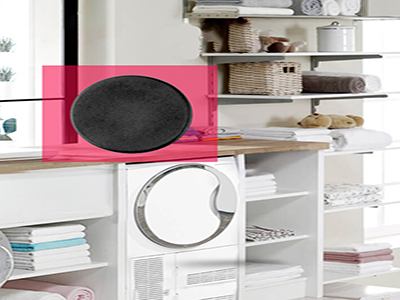
1. Unmatched Inventory Accuracy & Real-Time Tracking
Eliminating Human Error
Traditional manual tracking methods are prone to errors, resulting in 10–15% inventory discrepancies. These inaccuracies can lead to significant financial losses and operational inefficiencies. rfid tags, on the other hand, automate the identification process, achieving an impressive 99.9% accuracy rate by encoding unique digital IDs (EPC codes) into each textile item. This level of precision ensures that every piece of laundry is accounted for, reducing the risk of loss and improving overall inventory management.
How It Works
rfid tags embedded with UHF rfid chips (e.g., ISO 18000-63 standard) transmit data to fixed or handheld readers. These readers capture the information stored in the tags and send it to a cloud-based software system, which updates inventory counts in real time. This seamless integration of hardware and software allows for continuous monitoring and tracking of laundry items throughout their lifecycle.
For example, a European hospital implemented rfid tracking and saw a remarkable 40% reduction in linen loss within just six months. This not only saved the hospital a significant amount of money but also improved the overall efficiency of their laundry operations. By knowing exactly where each piece of linen is at any given time, the hospital was able to optimize its inventory management processes and ensure that all items were accounted for.
Real-Time Data and Analytics
The real-time tracking capabilities of rfid tags provide valuable insights into your inventory levels and usage patterns. With access to up-to-date information, you can make informed decisions about when to reorder supplies, how to allocate resources, and how to optimize your workflow. This data-driven approach enables you to stay ahead of demand, reduce downtime, and improve overall operational efficiency.
2. Dramatic Labor Cost Reduction
Streamlining Sorting & Counting
One of the most significant benefits of rfid technology in the laundry industry is the dramatic reduction in labor costs. Traditional manual sorting and counting methods are time-consuming and labor-intensive, often requiring multiple employees to spend hours on these tasks. rfid eliminates 80% of these manual tasks, streamlining the entire process and freeing up valuable labor resources.
Batch Scanning and Automated Reconciliation
rfid readers can scan batches of tags at an incredible speed, reading 200–500 tags per second. This is a stark contrast to traditional barcode scanning, which typically only manages 1–2 barcodes per minute. This increased scanning speed means that laundry items can be processed much more quickly and efficiently.
In addition to faster scanning, rfid technology also enables automated reconciliation. By comparing the number of items dispatched with the number of items returned, you can quickly identify any discrepancies and take corrective action. This instant comparison process saves time and reduces the risk of errors, further enhancing the efficiency of your operations.
Cost Savings and Efficiency Gains
Laundries that have implemented rfid report 30–50% lower labor costs. This significant reduction in labor expenses is a direct result of the increased efficiency and automation provided by rfid technology. By eliminating the need for manual sorting and counting, businesses can allocate their labor resources to more value-added tasks, such as customer service and quality control. This not only improves overall productivity but also enhances the overall quality of service provided to customers.
3. Extended Textile Lifespan
Preventing Premature Discards
Another key advantage of rfid tags is their ability to extend the lifespan of textile items. By tracking each item’s wash cycle count, material type, and maintenance history, rfid tags provide valuable information that can be used to optimize the care and maintenance of laundry items.
Detailed Tracking and Analysis
rfid tags store detailed information about each textile item, including the number of wash cycles it has undergone, the type of material it is made from, and its maintenance history. This data is invaluable for identifying potential issues and taking proactive measures to extend the item’s lifespan.
For example, algorithms can flag items that have been over-washed beyond the manufacturer’s recommended cycles. By identifying these items early, you can take steps to reduce further wear and tear, such as adjusting washing settings or using gentler detergents. Additionally, rfid tags can detect damage patterns caused by incorrect machine settings, such as tears or fraying. By addressing these issues promptly, you can prevent further damage and extend the item’s usable life.
Cost Savings and Environmental Benefits
Hotels that have implemented rfid technology have reported a 25% longer linen lifespan. This significant extension in lifespan translates to substantial cost savings, as fewer items need to be replaced. In addition to the financial benefits, extending the lifespan of textile items also has positive environmental impacts. By reducing the need for frequent replacements, businesses can decrease their overall consumption of resources and minimize waste.
4. Enhanced Hygiene Compliance
Audit-Ready Documentation
In industries such as healthcare, where hygiene is of utmost importance, rfid systems provide critical documentation and compliance support. rfid tags log detailed information about each wash cycle, including the temperature and duration of the cycle. This data is essential for ensuring that linens meet the required hygiene standards, particularly in healthcare settings where patient safety is a top priority.
Eco-Certifications and Regulatory Compliance
rfid systems also track chemical usage data, which is important for obtaining eco-certifications such as OEKO-TEX®. By maintaining accurate records of the chemicals used in the washing process, businesses can demonstrate their commitment to environmental sustainability and ensure compliance with relevant regulations.
Effortless Compliance with Industry Standards
The detailed documentation provided by rfid systems makes it easy for businesses to comply with industry standards such as ISO 9001 and HLAC. These standards require rigorous documentation and tracking of processes and procedures, which can be time-consuming and challenging to manage manually. rfid technology automates this process, ensuring that all necessary documentation is readily available and up-to-date. This not only simplifies compliance but also enhances the overall quality and consistency of your operations.
5. Theft Prevention & Loss Recovery
Tamper-Proof Security
Theft and loss of laundry items can be a significant problem for many businesses, particularly in the hospitality industry. rfid technology offers robust security measures to prevent theft and recover lost items.
Dual-Frequency Tags and Geofencing Alerts
Dual-frequency rfid tags combine UHF for long-range detection (up to 12 meters) with HF for close-range validation. This dual-frequency approach provides comprehensive coverage and ensures that tagged items can be detected and tracked accurately.
In addition to dual-frequency tags, rfid systems can also be equipped with geofencing alerts. These alerts are triggered when tagged items exit predefined zones, such as a hotel property or a laundry facility. This feature provides an additional layer of security and allows businesses to take immediate action if an item is detected outside of its designated area.
Successful Case Studies
For example, a Las Vegas resort implemented rfid technology and recovered $120,000 per year in stolen towels. This significant reduction in theft not only saved the resort a substantial amount of money but also improved overall operational efficiency and customer satisfaction. By ensuring that all towels and linens are accounted for, the resort was able to maintain a higher level of service and reduce the need for frequent replacements.
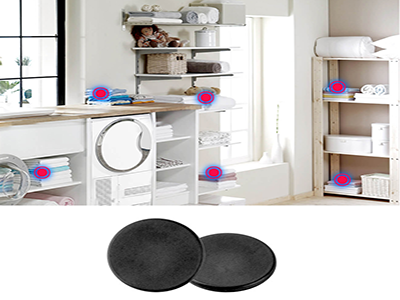
6. Data-Driven Customer Insights
Turn Analytics into Action
rfid technology generates a wealth of valuable data that can be used to gain insights into customer behavior and preferences. By analyzing this data, businesses can make informed decisions that enhance customer satisfaction and drive business growth.
Key Metrics and Insights
rfid systems generate metrics such as Turnaround Time (TAT) and Customer Usage Patterns. TAT measures the time it takes for laundry items to be processed and returned to the customer. By optimizing delivery routes based on real-time location data, businesses can reduce TAT and improve overall service efficiency.
Customer Usage Patterns provide valuable insights into peak demand periods, allowing businesses to optimize their operations and implement dynamic pricing strategies. By understanding when customers are most likely to use their services, businesses can allocate resources more effectively and offer competitive pricing that reflects the demand.
Competitive Advantage
In today’s competitive business environment, offering rfid transparency is a significant advantage. According to McKinsey, 72% of B2B laundry clients prioritize vendors that offer rfid transparency. By providing detailed tracking and documentation, businesses can differentiate themselves from their competitors and build stronger relationships with their customers.
Implementation Guide: Choosing the Right rfid Solution
When implementing an rfid solution, it is essential to choose the right tags and readers to ensure optimal performance and compatibility with your existing systems. Here are some key specifications to consider:
1.Tag Durability
Opt for high-temperature rfid inlays that can withstand wash temperatures of up to 85°C (185°F). These durable tags will continue to function effectively even after multiple wash cycles, ensuring accurate tracking and data collection.
2.Reader Compatibility
Ensure that your rfid readers support EPC Gen2, which is the most widely used rfid standard. This compatibility allows for seamless integration with multi-vendor systems and ensures that your rfid solution will work with a variety of hardware and software platforms.
3.Software Integration
Choose an rfid solution that offers APIs linking to your existing ERP systems, such as SAP or Oracle. This integration allows for seamless data transfer and ensures that your rfid system works in harmony with your other business processes. By integrating rfid data with your ERP system, you can gain a comprehensive view of your operations and make data-driven decisions that enhance overall efficiency and productivity.
Conclusion
rfid textile laundry tags are no longer a luxury—they are a strategic necessity for laundries aiming to scale sustainably. By minimizing errors, maximizing asset utilization, and delivering unparalleled traceability, this technology pays for itself within 12–18 months. If you’re interested in transforming your laundry operations,Contact us today for a free consultation!


